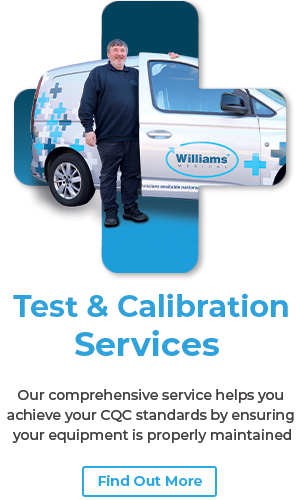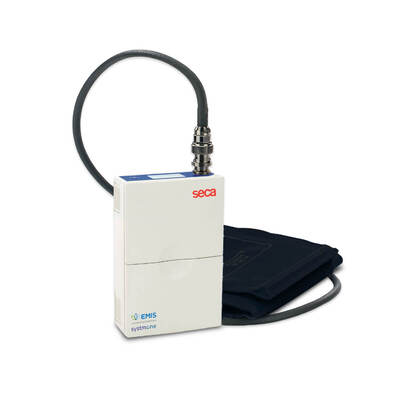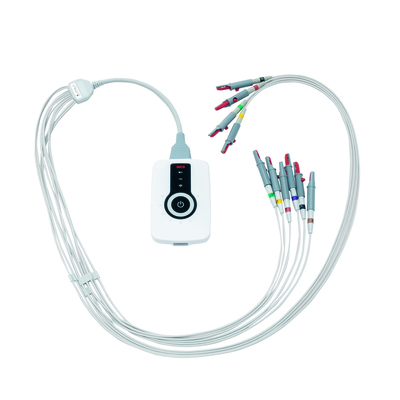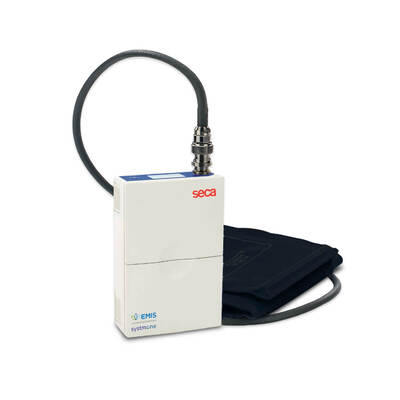If you cancel, all changes will be lost and the original order will remain unchanged.
Windows 11 Update Information for Primary Care Medical Devices
From 14 October 2025, Microsoft will end support for Windows 10. This change will affect the operating systems used across many GP surgeries and healthcare environments. If your practice relies on diagnostic devices, patient data software, or EMR integration tools that run on Windows, it’s essential to make sure they are fully compatible with Windows 11 before the deadline.
This page provides information on Windows 11 compatibility, outlines some of the medical devices that are ready for the rollout, and explains how to prepare your systems for a smooth, compliant upgrade.
Why Windows 11 Matters for Practices
The transition to Windows 11 is more than a software update. It’s a significant change that affects data security, regulatory compliance, and clinical continuity. Running devices or applications on an unsupported operating system increases the risk of system failures and potential data breaches.
For NHS practices, maintaining a secure and supported IT environment is a requirement under national data and safety standards. Ensuring medical device compatibility with Windows 11 helps protect patient information, ensures interoperability with EMIS and SystmOne, and keeps clinical workflows uninterrupted.
Which Medical Devices Are Ready for the Windows 11 Upgrade
Many diagnostic and monitoring devices in primary care depend on Windows-based systems for data capture, storage, and transfer. Before upgrading, it’s important to confirm that your equipment and software suppliers have validated their products for Windows 11.
Devices commonly affected include:
• Resting ECG systems
• Ambulatory Blood Pressure Monitors (ABPM)
• Spirometers
• Diagnostic imaging software
• Scanners and printing peripherals
The table below shows some examples of devices that are already validated as Windows 11 compatible.
| Product | Function | Windows 11 Compatibility |
|---|---|---|
| Seca Screen 300 ABPM with Software | Ambulatory Blood Pressure Monitoring | Windows 11 compatible |
| Seca Screen 300 ABPM | Ambulatory Blood Pressure Monitoring | Windows 11 compatible |
| Seca CT330 Resting ECG | Resting ECG USB connection | Windows 11 compatible |
| Seca CT331 Resting ECG | Resting ECG Wireless USB and Bluetooth | Windows 11 compatible |
| Seca CT8000i-2 ECG Machine | Resting ECG Integrated thermal printer | Windows 11 compatible |
| Seca Spiro Mobile | Spirometry PC based | Windows 11 compatible |
Checking Your Diagnostic Software Before Updating
Many diagnostic systems include specialised software for analysis, reporting, or EMR integration. Before upgrading to Windows 11, you should confirm that your software provider has released an approved update or validation statement.
Manufacturers such as Seca, GE, Schiller, QRS, and Dentsply Sirona have begun releasing updates or upgrade packages to ensure NHS diagnostic software is supported on Windows 11. Where an upgrade is not available, the device may need to be isolated or replaced to maintain compliance.
Making Sure your Firmware Stay's Compatible
Older drivers and firmware can prevent devices from connecting or functioning correctly once Windows 11 is installed. To avoid disruption, check that all device drivers, Bluetooth or USB adapters, and communication protocols have been validated for Windows 11.
You can find driver support and firmware information on each manufacturer’s website or through your practice’s IT provider. Ensuring that NHS driver support for Windows 11 devices is up to date will reduce the risk of connectivity errors and maintain patient data transfer integrity.
Preparing Your Practice Systems for Windows 11
The Windows 11 rollout is an opportunity to strengthen system performance and improve clinical resilience. To prepare, you should complete a full audit of your diagnostic equipment and connected devices.
Potential next steps:
1. Review all PCs and diagnostic systems currently running Windows 10.
2. Check manufacturer websites for Windows 11 compatibility statements.
3. Update or replace any unsupported hardware.
4. Apply software and driver updates where available.
5. Validate integration with EMIS, SystmOne, or Vision before the upgrade.
Proactive planning will minimise downtime and ensure that your diagnostic systems remain operational and compliant throughout the transition.
Seca Medical Devices Compatible with Windows 11
Keep your practice ready with Seca’s trusted range of medical devices
Things to consider Before Moving to Windows 11
Windows 11 introduces new technical and security standards. Some older PCs may not meet the required specifications, particularly systems running embedded versions of Windows 7 or early Windows 10.
If your diagnostic workstation or PC cannot be upgraded, a replacement may be necessary.
Preparing for Windows 11 in Primary Care
Upgrading to Windows 11 is an important step in keeping your practice’s technology secure, compliant, and fit for purpose. Many NHS diagnostic and medical devices rely on Windows-based systems, so ensuring compatibility before the October 2025 deadline helps protect data, maintain interoperability, and reduce the risk of service interruptions.
By reviewing your current equipment, checking compatibility statements from manufacturers, and planning early, you can make the transition to Windows 11 with confidence. Updating your systems now will help your practice stay aligned with NHS digital standards and continue delivering safe, efficient care for patients.
Disclaimer
The information on this page is provided for general awareness purposes only and is not intended as technical, clinical, or regulatory guidance. Williams Medical Supplies does not provide IT support, certification services, or manufacturer-specific upgrade advice. Compatibility and upgrade requirements for Windows 11 may vary by device and software version. Practices should refer to their equipment manufacturer, local IT provider, or NHS Digital resources for confirmation before making system changes. While every effort has been made to ensure accuracy at the time of publication, Williams Medical Supplies accepts no responsibility for any loss, interruption, or issue arising from the use of this information.





